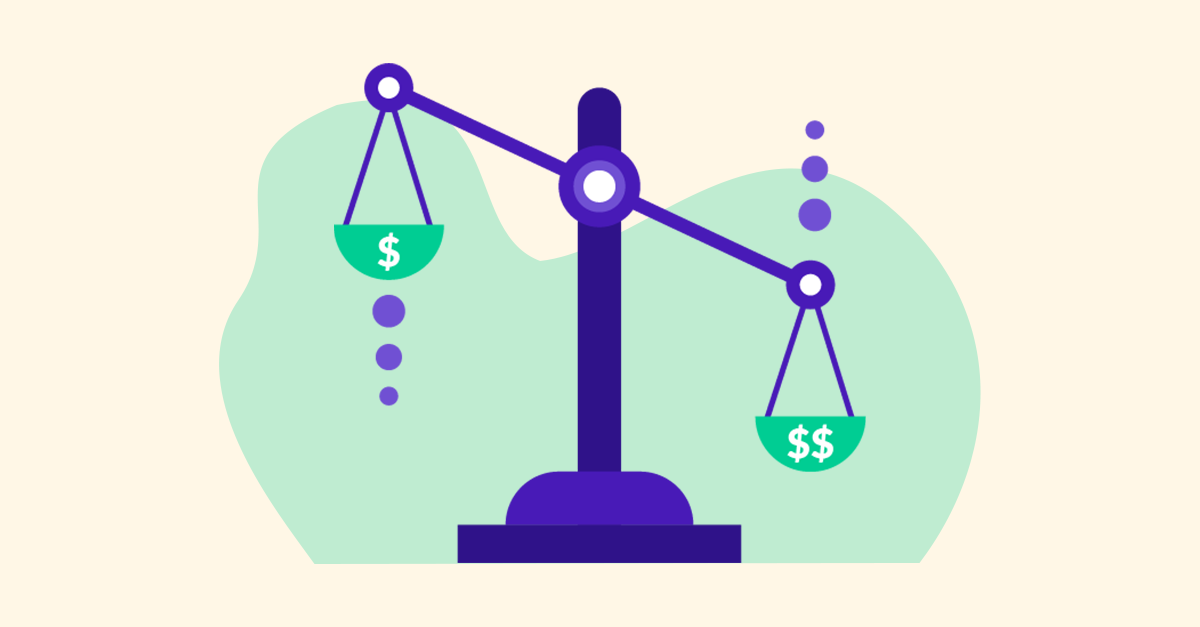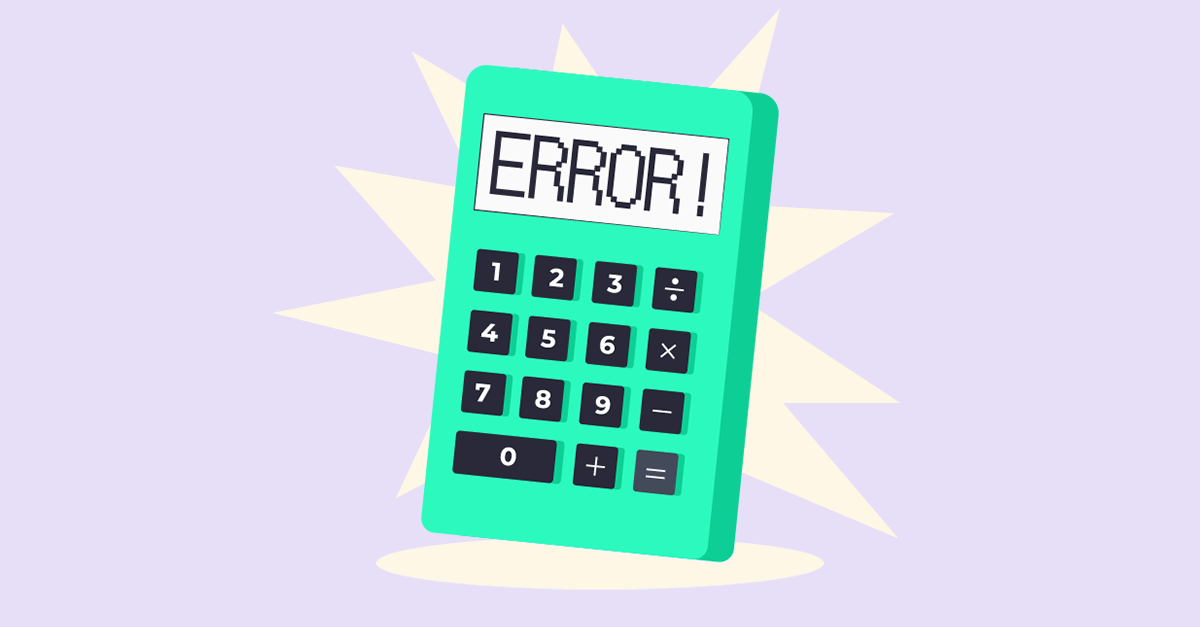Pre-money vs. post-money valuation: What's the difference and why it matters
Understanding the value of your company is a combination of both art and science. When it comes to startup valuation, you may come across the terms...
Startup valuation is a tricky business. With typical business valuations, you’re looking at an established company’s financial reports. It’s much easier to calculate a business valuation when you have this existing data.
Startups are new businesses, and they often don’t have complete financial reports or data to evaluate. To make things even more difficult, many startups are diving into unique niches, so a comparison isn’t always a great option either.
Still, startups need funding, and investors need reassurance that they’re making a sound investment. If you’re a new startup with no revenue, how do you determine your company’s valuation? How can you convince investors to provide the capital you need to get your business off the ground?
In this guide, we’ll cover the best techniques for the pre-revenue valuation of startups. We’ll also help you understand what to expect as a new business owner during the valuation process. Let’s get started.

Before you can evaluate your startup, it’s important to understand how a typical valuation process goes. Remember, this is the standard procedure for an established business with both revenue and financial reports to support the data presented to investors.
First, you find the company’s EBITDA. This is the company’s earnings before interest, taxes, depreciation, and amortization.
Net Profit + Interest + Taxes + Depreciation + Amortization = EBITDA
Investors usually don’t look at the company’s net profit alone. Instead, they add these other expenses to the net profit to find the true value of the company.
Why? Because interest expense, taxes, depreciation, and amortization are all considered non-operating expenses. Because these specific expenses may vary greatly from one company to the next, it’s easier to find the true potential of a company by comparing its EBITDA to that of similar companies.
Unfortunately, startup valuation is different from standard business valuation because you don’t have any of these figures to work with. Now that you see how standard business valuation works, though, you’ll have a better understanding of why investors see startups so differently.
Watch this video guide for a deep dive into valuation strategy:
When the time is right for you to negotiate a valuation, the three methods below are a great place to start.
First, let’s consider the scorecard method. This method is a pretty straightforward comparison of your startup with similar startups that have already completed the funding phase. It’s a popular option for many angel investors because it’s fairly accurate and relatively easy to calculate.
First, make a list of similar startups in your industry and region. These comparative companies should also be pre-revenue, but they should already have funding. This gives you the most accurate valuation.
Next, you’ll use a tool like Crunchbase to find the valuation for each company. Of course, your startup won’t be exactly the same as the comparisons, so you’ll need to make adjustments as necessary.
Typically, you’ll adjust the valuations based on several factors:
It’s important to be realistic during the startup valuation phase. While you may consider your management team strong, investors may disagree.
Your market opportunities are also important. Is there a large audience willing and able to purchase your product? Do you have strong lead generation funnels? Have you even started your marketing efforts?
No matter what values you assign each factor, you need to be prepared to show why you chose these figures. Make a list of your strengths in each area, and have the proof ready when it’s requested.
As an example, if your management team has a long track record of success with startups, use that to your advantage. This greatly increases your odds of success so that you can place a higher value on your startup based on this history.
However, consider your investor’s position, too. They’ll likely want proof of your former success, so have those reports ready.
Once you have these percentages, you simply multiply them by the valuations you found earlier for each comparison startup.
Company A has a startup valuation of $2.5 million.
You find the following percentages for each factor:
Multiply each factor by $2.5 million to find a total pre-revenue valuation of $1,975,000.
| Strength of the Management Team | 25% | $2,500,000 | $625,000 |
| Size of the Opportunity | 22% | $2,500,000 | $550,000 |
| Product or Technology | 13% | $2,500,000 | $325,000 |
| Competitive Environment | 10% | $2,500,000 | $250,000 |
| Marketing & Sales Channels or Partnerships | 4% | $2,500,000 | $100,000 |
| Need for Additional Funding | 5% | $2,500,000 | $125,000 |
| Other | 0% | $2,500,000 | $0 |
| Total Value | $1,975,000 |

The Berkus method is popular for its simplicity, but it’s not quite as accurate as the scorecard method. Still, it’s a helpful way to value brand-new startups with no funding.
First, the Berkus method assumes you will reach $20 million in revenue by your 5th year of business.
Then, you use certain factors to assign a value to your startup:
You assign a dollar value of $0 to $500,000 for each factor. The resulting figure is your startup valuation.
| Concept: The basic value of your core concept or idea | $350,000 |
| Prototype: The technology you’re using | $375,000 |
| Quality Management Team: The execution of your concept | $400,000 |
| Connections or Strategic Relationships: Your go-to-market strategy | $250,000 |
| Launch Plan: Your production process | $380,000 |
| Total Value | $1,755,000 |
The venture capital method is perhaps the most complicated startup valuation method, but it’s arguably the most accurate, too. It’s a two-step process that includes both post-revenue valuation as well as pre-revenue valuation.
A company’s terminal value is the expected value of the startup on a specific date in the future. The harvest year is the year the investor will exit.
Your first goal is to calculate the terminal value in the harvest year. In other words, you need to calculate how much your startup will be worth when your investor exits.
The calculation requires:
The formula is:
Terminal Value = Projected Revenue * Projected Margin * P/E Ratio
Company A projects $20,000,000 of revenue in five years. The fifth year is the harvest year. The projected profit margin is 30%, and the industry price-to-earnings ratio is 5.
Their formula is:
Terminal Value = $20,000,000 * .30 * 5
Terminal Value = $30,000,000
However, investors won’t be content with just the terminal value. They also want to know the value of the investment now. That’s why the venture capital method requires two steps.
For the second step, the calculation requires:
The formula is:
Pre-revenue Valuation = Terminal Value / ROI – Investment Amount
In our example, the company’s terminal value is $30,000,000. The ROI is 10x, and the investment is $1,000,000.
Thus, the formula is:
Pre-revenue Valuation = $30,000,000 / 10 – $1,000,000
Pre-revenue Valuation = $2,000,000

At the end of the day, your actual valuation will come down to a negotiation with the investor that is leading the round. Having a justifiable valuation using one of these techniques can help you in your side of the negotiation, but the lead investor will have the final say.
When you prepare for negotiations, be sure not to overlook these key factors:
A financial model can also help. A model helps investors envision your growth potential, even if you haven’t experienced much growth just yet.
Forecastr helps startups confidently predict future revenue and calculate pre-revenue valuation. We provide a 30-day white-glove onboarding with a pair of analysts, and if you use our tool, you’ll get a great financial model that’s built to impress.
Get notified about new events, free resources, and fresh content

Understanding the value of your company is a combination of both art and science. When it comes to startup valuation, you may come across the terms...

Calculating startup valuation is a difficult task for most founders. It’s notoriously hard to do, and it influences everything from fundraising to...

Understanding how to calculate startup valuation is not just about numbers and negotiations. It’s part of your startup’s story. While it’s probably...